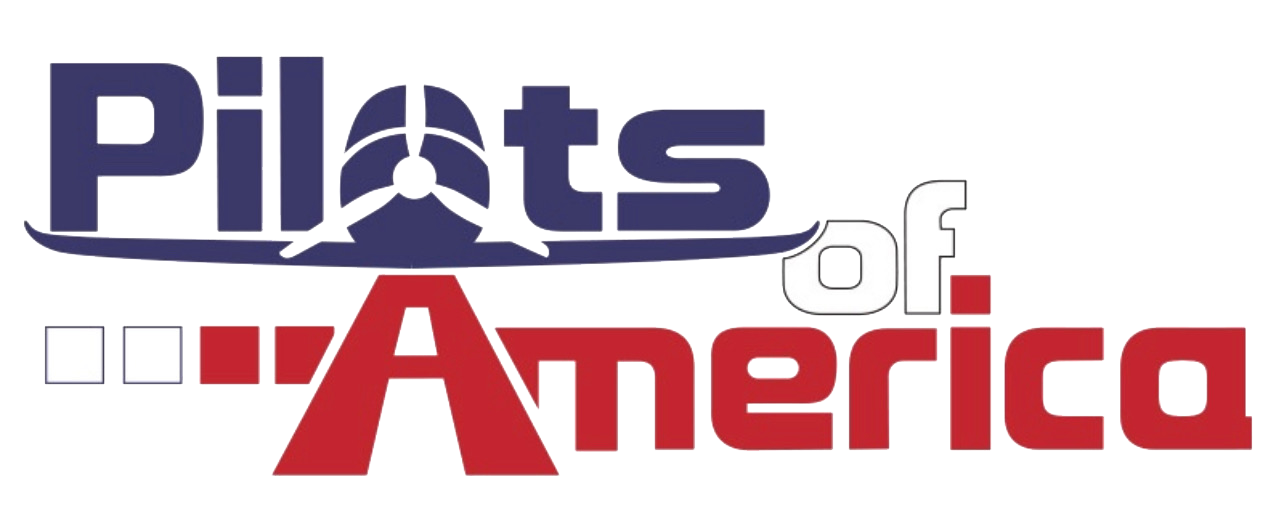Jdm
Line Up and Wait
- Joined
- Feb 18, 2020
- Messages
- 892
- Display Name
Display name:
Jdm
Does anyone know why Cessna put tape on the backside of the belly skin? Maybe every foot or so they stuck a square piece of thick back tape. I also notice it on side panels occasionally. Bugs me every time I see it. Why would they do this? Makes a perfect place for corrosion to hide underneath the tape.

